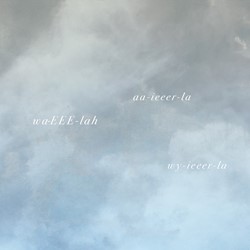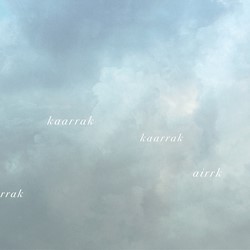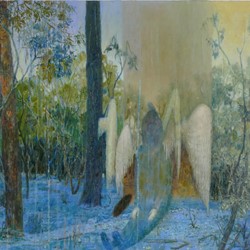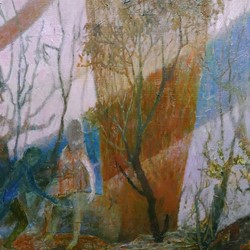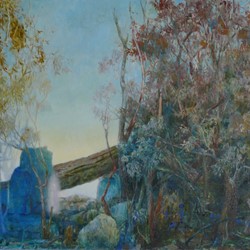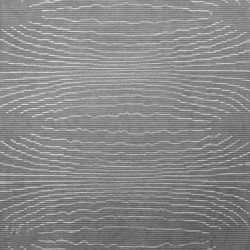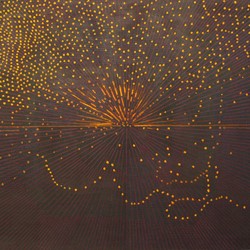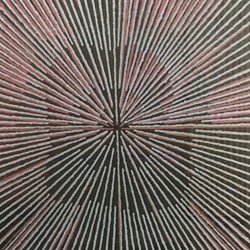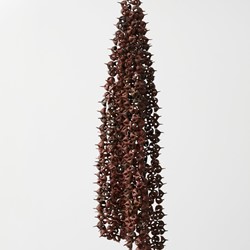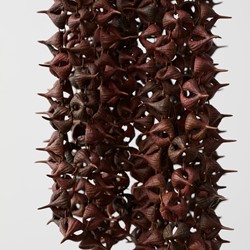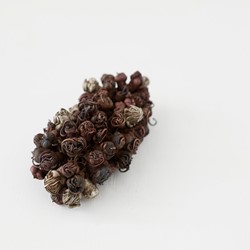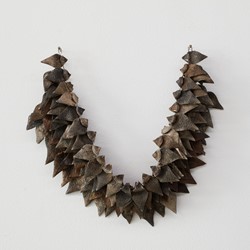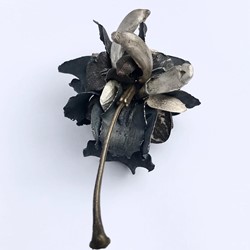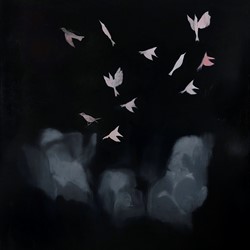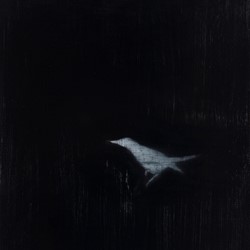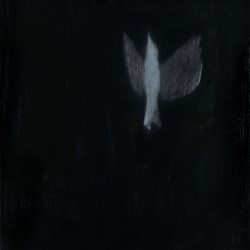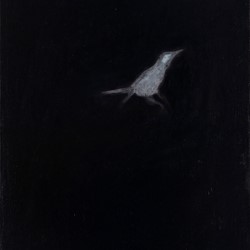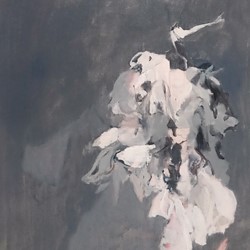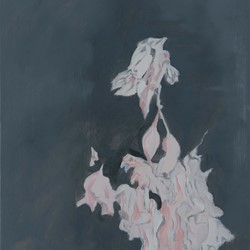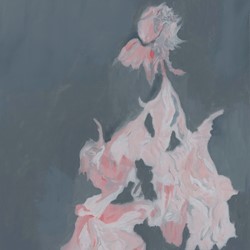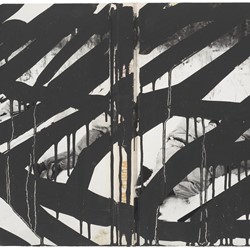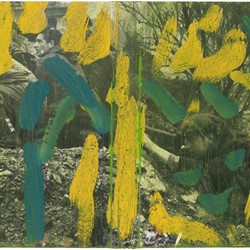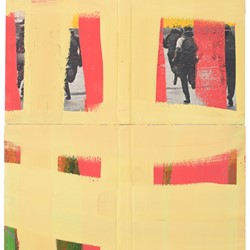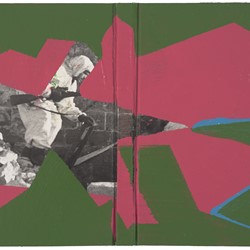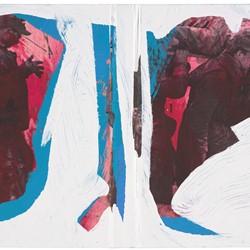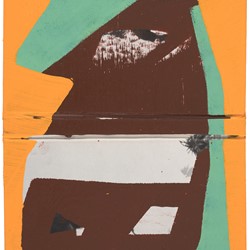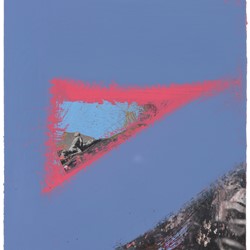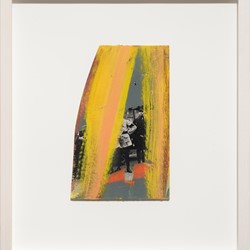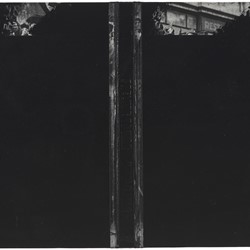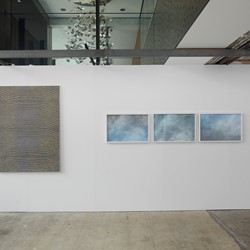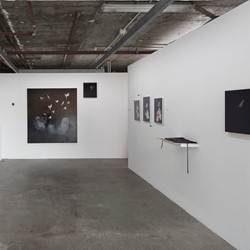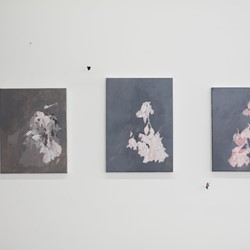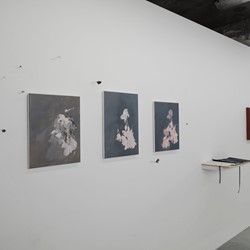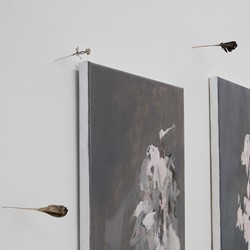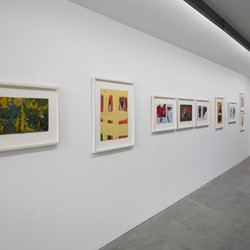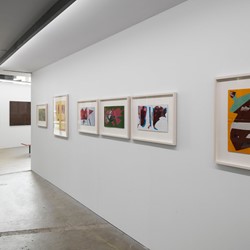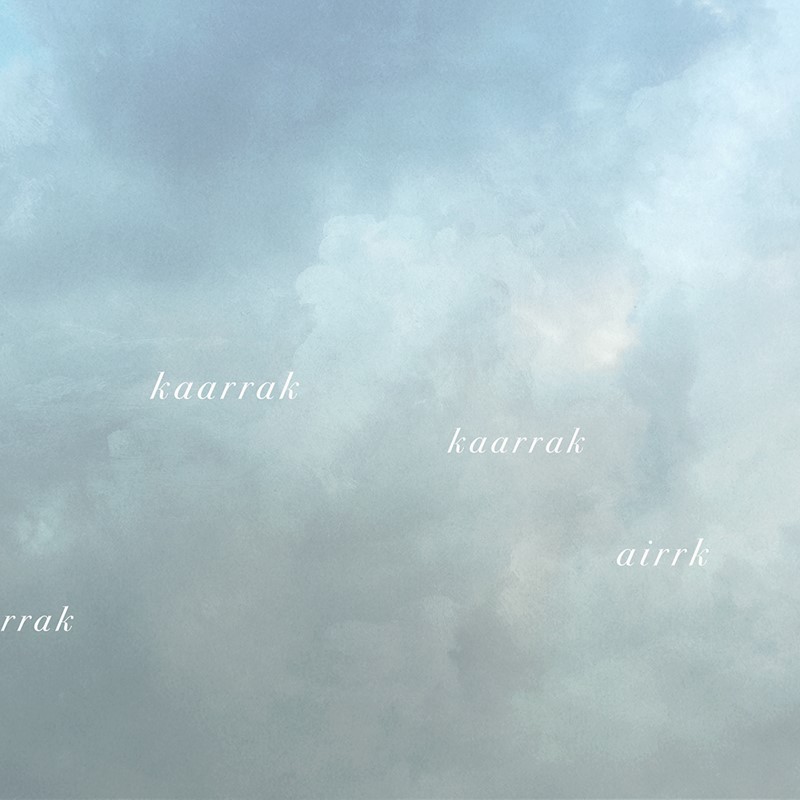
LESLEY DUXBURY | SARAH ELSON | GALLIANO FARDIN | DEREK O’CONNOR | GREGORY PRYOR | PAUL UHLMANN
WER, wenn ich schriee, hörte mich denn aus der Engel Ordnungen?
WHO, if I cried out, would hear me among the orders of Angels? *
The period we are living through is undeniably turbulent. Consider the Ukraine war, COVID-19, the climate crisis, or the daily dominance of algorithms manipulating our lives. We are experiencing rapid continual change and it is difficult to adjust or to truly understand events – at times this leads to a form of collective mental paralysis.
Art has a way of identifying lived experience and gives form to unnamed emotions. For example, the stasis of Dürer’s androgynous angel who listlessly takes in a shooting comet (Melencolia I, 1514). For the poet Rilke, every angel is terrifying as the appearance of angels means that we must endure something difficult, we must overcome spiritual obstacles.
This exhibition is a cry to break the ice. It takes time out to pause and reflect, to find solace within events and to find a moment’s peace. It embraces the creative process as a positive Human Act – through contemplation and creative work.
Exhibition curated by Paul Uhlmann.
*Die Erste Elegie; The First Elegy, Duineser Elegien; Duino Elegy, Rainer Maria Rilke.
ARTIST STATEMENTS:
LESLEY DUXBURY
For the works in this exhibition, I have looked to traces of the past and to what might be in the future by commingling photos of the sky I took in September this year with certain sky studies of John Constable painted exactly 200 years ago, close to the time Australia was colonised. Perforating the images are the phonetic cries of three of Western Australia’s black cockatoos, now listed as endangered and possibly to soon become extinct in the wild.
My intention is to draw attention to the plight of these iconic birds – themselves linkages between heaven and earth – through vestiges of their skies before European settlement combined with contemporary skies. Depending on the viewing angle the text glows like light on bird feathers, quickly disappearing as the viewer moves.
SARAH ELSON
Fuck Cluster 4 captures my attempts to grow orchids and transform them into ‘reclaimed jewels’ by harvesting the plants’ flowers at various states of growth and then casting them in reclaimed metal, using gifted collections of silver lemel and unwanted jewellery.
Allelopathic Chains 1 begins a new series of making chain mail fabrics of cast metal plant parts that are individual yet interconnected. Working with reclaimed copper alloys from gifted redundant currency (melted into the cavity from carbonised plants from my garden) the piece's patina grows from elemental exposure. The casts are soldered to links and meticulously connected until their mass starts to curl in on itself.
PAUL UHLMANN
Painting captures fleeting moments of everyday life—of visible and invisible realms. Painting has the potential to fold time so that two points of great separation can be folded together so that we can contemplate how past events are forever with us. These works are forms of prayer, meditating on images of contemporary vanitas (dead flowers), shape-shifting clouds, smoke, and the immanence of birds, subjects of the aerial imagination.
GREGORY PRYOR
These recent works allude to the challenges of making work about the Australian landscape as a non-aboriginal artist.
Lost, burnt skin, lack of water and knowledge, and equipped with cultural detritus from distant lands; artistic vision is challenged through bodily misalignment with place. Going bush is entering a potency of experience that is felt but rarely understood.
Making these paintings is an acknowledgement of how much I have to learn.
GALLIANO FARDIN
We exist and ponder. Often we get things right...we only have to think of Einstein. But the mystery remains and the realisation contains ambiguities which could lead to the end of it all. The awareness of these ambiguities keeps us walking the tightrope without losing our balance. Nuclear science is not all about gloom and fear. If applied in a sensible and positive way, it may yet have a lot to offer us into the future. Sometimes things seem to go out of balance which can be quite dangerous, but the awareness of these threats may help us to make sensible choices.
DEREK O'CONNOR
For some time now, my practice has involved the recuperation of anachronistic technologies and processes: books and ‘expressive’ painting. World War II (WWII) Time Life book covers are my painting surface. Hardly read, hardly even touched, these book covers are archives of momentous events that, with the distance of time, seem like trailers to old movies, fictions both related and unrelated to our lives. I find the archival, documentary quality of the covers compelling. Now unhinged from their various contexts, they also have an inescapable sense of melancholy. The abstraction in these paintings is as much social as it is painterly.


